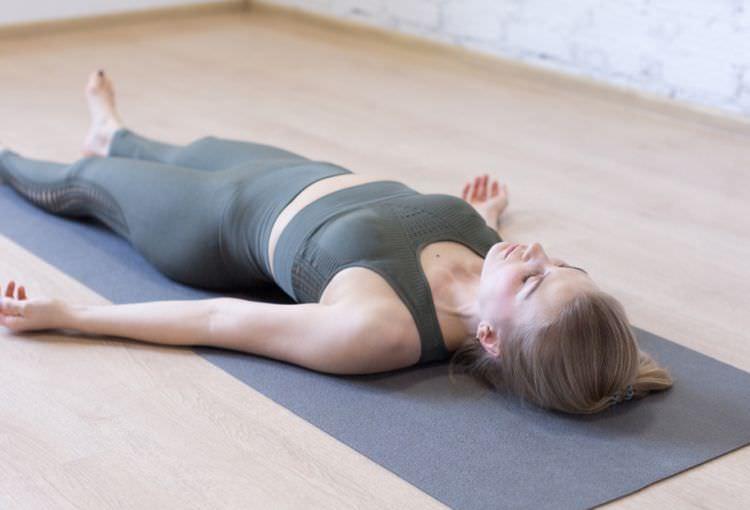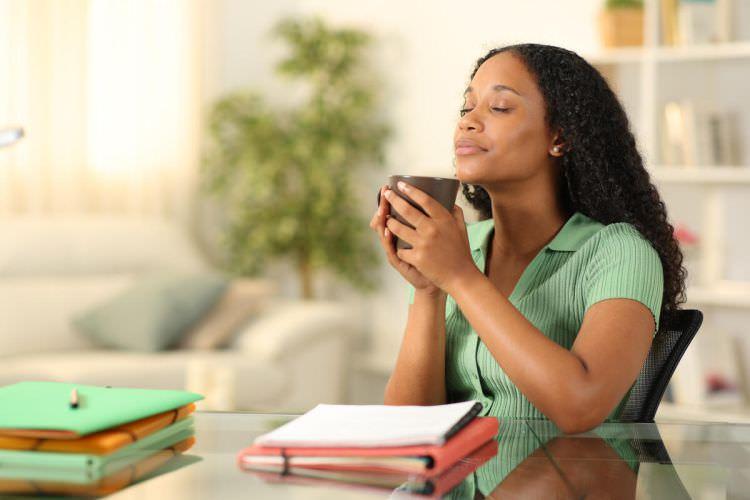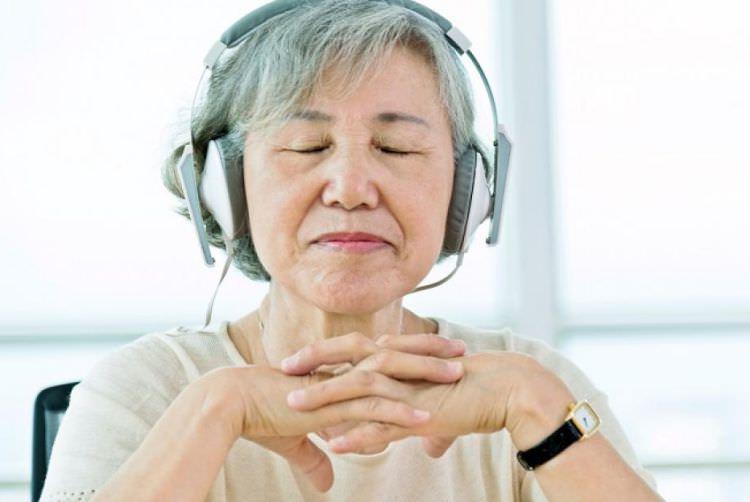The most popular relaxation techniques and how they work
Introduction
In today's fast-paced world, where the demands of work, personal life, and technology can be overwhelming, finding effective ways to relax and unwind is essential for maintaining overall well-being.
The constant hustle and bustle can take a toll on our physical, mental, and emotional health, making it crucial to prioritize relaxation and self-care. Thankfully, there are numerous relaxation techniques that can help individuals reduce stress, improve focus, and achieve a sense of calm.
The popularity of relaxation techniques has surged in recent years as people seek ways to combat the detrimental effects of chronic stress and find moments of peace in their daily lives. These techniques offer invaluable tools to navigate the challenges of modern life and restore balance in an increasingly hectic world.
The beauty of relaxation techniques lies in their accessibility and adaptability to various lifestyles and preferences. Whether you prefer a solitary practice in the comfort of your own home or seek community engagement in a class setting, there is a relaxation technique that suits your needs. Moreover, these techniques can be integrated seamlessly into your daily routine, allowing you to experience their benefits anytime, anywhere.
In this article, we will explore some of the most popular relaxation techniques and delve into how they work. From the simplicity of deep breathing and the conscious release of tension through progressive muscle relaxation to the mental clarity attained through meditation and mindfulness, we will uncover the underlying mechanisms that make these techniques so effective.
It is important to note that relaxation techniques are not quick fixes or one-size-fits-all solutions. Each individual may resonate differently with various techniques, and it is essential to explore and experiment to find what works best for you. By committing to regular practice and incorporating relaxation techniques into your lifestyle, you can cultivate a healthier relationship with stress, promote self-care, and nurture a deeper connection with yourself.
So, let us embark on a journey through the most popular relaxation techniques, discovering the profound benefits they offer and unlocking the path to a more relaxed, centered, and fulfilling life.
1. Deep Breathing

Deep breathing is a simple yet powerful relaxation technique that can be practiced anytime, anywhere. By focusing on slow, deep breaths, you activate the body's relaxation response, which helps to calm the mind and reduce stress. Deep breathing techniques, such as diaphragmatic breathing, can lower blood pressure, slow down the heart rate, and promote a feeling of tranquility.
When you take deep breaths, you engage the diaphragm, a muscle located below the lungs. This type of breathing triggers the parasympathetic nervous system, which counters the "fight-or-flight" response and induces relaxation. Deep breathing also increases oxygen supply to the brain, improving mental clarity and focus.
2. Progressive Muscle Relaxation (PMR)

Progressive muscle relaxation is a technique that involves tensing and then relaxing different muscle groups in the body. By consciously focusing on each muscle group, tension is released, and relaxation is induced. PMR helps individuals develop awareness of bodily sensations and promotes a deep sense of relaxation. It is particularly effective for reducing muscle tension, relieving anxiety, and improving sleep quality.
The practice of PMR involves systematically tensing and releasing muscle groups, starting from the toes and moving up to the head. This process helps individuals identify areas of tension and consciously release it, leading to a state of physical and mental relaxation. The technique also promotes body-mind awareness and helps individuals recognize the difference between tension and relaxation.
3. Meditation

Meditation is a practice that involves training the mind to achieve a state of mental clarity and emotional calm. By focusing the attention on a specific object, such as the breath or a mantra, meditation helps to quiet the mind and cultivate a sense of inner peace. Regular meditation practice has been scientifically proven to reduce stress, increase self-awareness, enhance emotional well-being, and improve overall mental health.
During meditation, the brain experiences a shift in brainwave patterns. Alpha and theta brainwaves, associated with deep relaxation and heightened awareness, become more dominant. This altered brainwave state promotes a sense of tranquility and relaxation. Additionally, meditation encourages a non-reactive and accepting attitude towards thoughts and emotions, leading to reduced stress and increased emotional resilience.
4. Mindfulness

Mindfulness is the practice of being fully present and aware of the present moment without judgment. It involves paying attention to one's thoughts, feelings, and sensations as they arise, fostering a non-reactive and accepting attitude. By practicing mindfulness, individuals can reduce stress, enhance emotional regulation, improve concentration, and cultivate a greater sense of happiness and well-being.
The practice of mindfulness involves redirecting the attention to the present moment and observing thoughts and sensations without judgment. This cultivates a state of mental clarity and allows individuals to respond to stressors with greater calm and clarity. Mindfulness also helps individuals become more aware of habitual thought patterns, promoting self-reflection and positive changes in thinking and behavior.
5. Yoga

Yoga is an ancient practice that combines physical postures, breathing exercises, and meditation. It promotes flexibility, strength, and balance while also calming the mind and reducing stress. The physical movements of yoga, combined with focused breathing and mindfulness, create a holistic approach to relaxation and well-being. Regular yoga practice has been shown to improve physical fitness, enhance mental clarity, and reduce anxiety and depression.
The practice of yoga involves a series of postures (asanas) that are coordinated with conscious breathing. This combination promotes relaxation, releases tension from the body, and enhances the mind-body connection. The controlled breathing during yoga activates the parasympathetic nervous system, leading to a state of deep relaxation and a decrease in stress hormones.
6. Guided Imagery

Guided imagery involves using the power of imagination to create a mental picture of a peaceful and relaxing environment. By visualizing serene landscapes, individuals can evoke a sense of calm and tranquility. Guided imagery can be self-guided or facilitated through audio recordings. This technique has been found to reduce stress, promote relaxation, and improve overall mental well-being.
During guided imagery, individuals create vivid mental images that engage the senses. This practice activates the brain's neural pathways and triggers the relaxation response. By focusing on positive and calming imagery, individuals can shift their attention away from stressful thoughts and experiences, leading to a state of relaxation and mental rejuvenation.
7. Aromatherapy

Aromatherapy utilizes the therapeutic properties of essential oils to promote relaxation and enhance mood. Certain scents, such as lavender, chamomile, and bergamot, have been shown to have calming effects on the mind and body. Aromatherapy can be experienced through the use of essential oil diffusers, massage oils, or scented candles. Inhaling these fragrances can trigger the brain's limbic system, which is responsible for emotions and memory, leading to a state of relaxation and tranquility.
When essential oils are inhaled, they stimulate the olfactory system, which is directly connected to the brain's limbic system. This connection influences emotions, hormones, and the autonomic nervous system. Different essential oils have different effects on the body and mind. For example, lavender oil is known for its relaxing properties, while citrus oils can uplift mood and promote a sense of energy and vitality.
Conclusion
In our busy and often stressful lives, incorporating relaxation techniques is crucial for maintaining physical, mental, and emotional well-being. The techniques mentioned above, including deep breathing, progressive muscle relaxation, meditation, mindfulness, yoga, guided imagery, and aromatherapy, offer diverse approaches to relaxation, each with its unique benefits.
By incorporating these practices into our daily routines, we can experience profound relaxation, reduce stress, and enhance our overall quality of life. Embracing these relaxation techniques empowers individuals to find inner peace amidst the chaos, leading to a healthier and more balanced lifestyle.
Our website respects the intellectual property rights of creators, as well as the music rights of authors and composers.
The musical works are provided solely for the private use of each visitor/user
and any further exploitation of them in any way is prohibited without prior permission from AUTODIA and EDEM Rights.
Radio Art is fully approved by the Greek Collective Rights Organizations | AUTODIA | EDEM Rights
Copyright © RABS - Radio Art Broadcasting services Ltd. All rights reserved.
The Art of Relaxing & Meditation Music
Privacy Policy & TOS








